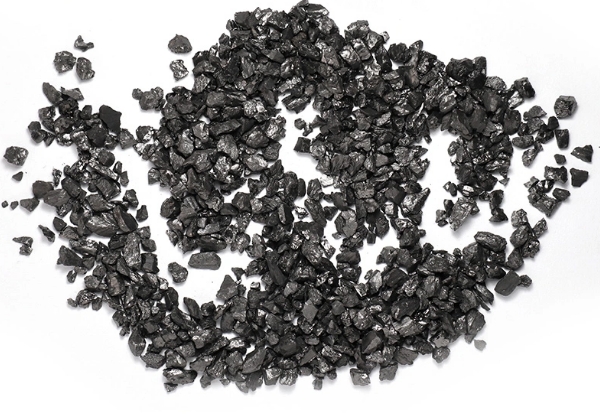
The world of automobiles is full of different brake pads. Each has its own properties and application. The brake pads are available in different types. Some are for trucks that operate regularly, while others are for European cars and high-performance vehicles. These pads can be paired up with rotors which are slotted and drilled to provide quieter and smoother stopping.
Anthracite is a material used for high-end car brake systems. It is a type of carbon that has an unusual combination of properties, making it ideal for high-performance pads. The anthracite pads are resistant to heat fade, can withstand a range of temperatures and are not likely to generate dust. This keeps the brake rotors free and clean.

Anthracite carbon is also very easy to work with and has a lower melting point than other types of carbon which makes it easier for the brake manufacturers to produce high quality friction material. It is also cheaper than some of the other options which are available in the automotive braking market and as such it has become very popular with both OEM and aftermarket brake manufactures.
Carbon brakes first appeared on military aircrafts because they offered a variety of benefits over steel brakes. This included a reduced weight, a higher capacity to absorb energy and an extended service life. Over time, improvements in production and overhaul procedures have reduced the cost of carbon brakes so that they can now be cost competitive with steel brakes on larger commercial airplanes.
Carbon brakes may be popular among professional racecar drivers but they're not used in all cars on the road. To be efficient, they must operate at very high temperatures. Carbon brakes are not suitable for the average vehicle, as it does not operate at such extreme temperatures.
Carbon brakes are very efficient for race applications, but they are expensive to install on cars that get driven every day. The main reason for this is that taxis use a lot of light braking, which wears out brake discs quickly.
Carbon brakes have become very popular over the years in motorsports. They are used on Formula 1 single seaters. Carbon brakes can also be found in Formula 1 single-seaters and prototypes at races like the 24 Hours of Le Mans. These discs' incredible brake power is usually the deciding factor for winning races. A car that is capable of stopping 300 km/h and then reversing to 0 within 3 seconds could save a lot of lives, or prevent a crash. This braking power can be even further improved by the use of carbon-ceramic discs and brake pads.

Write a Message